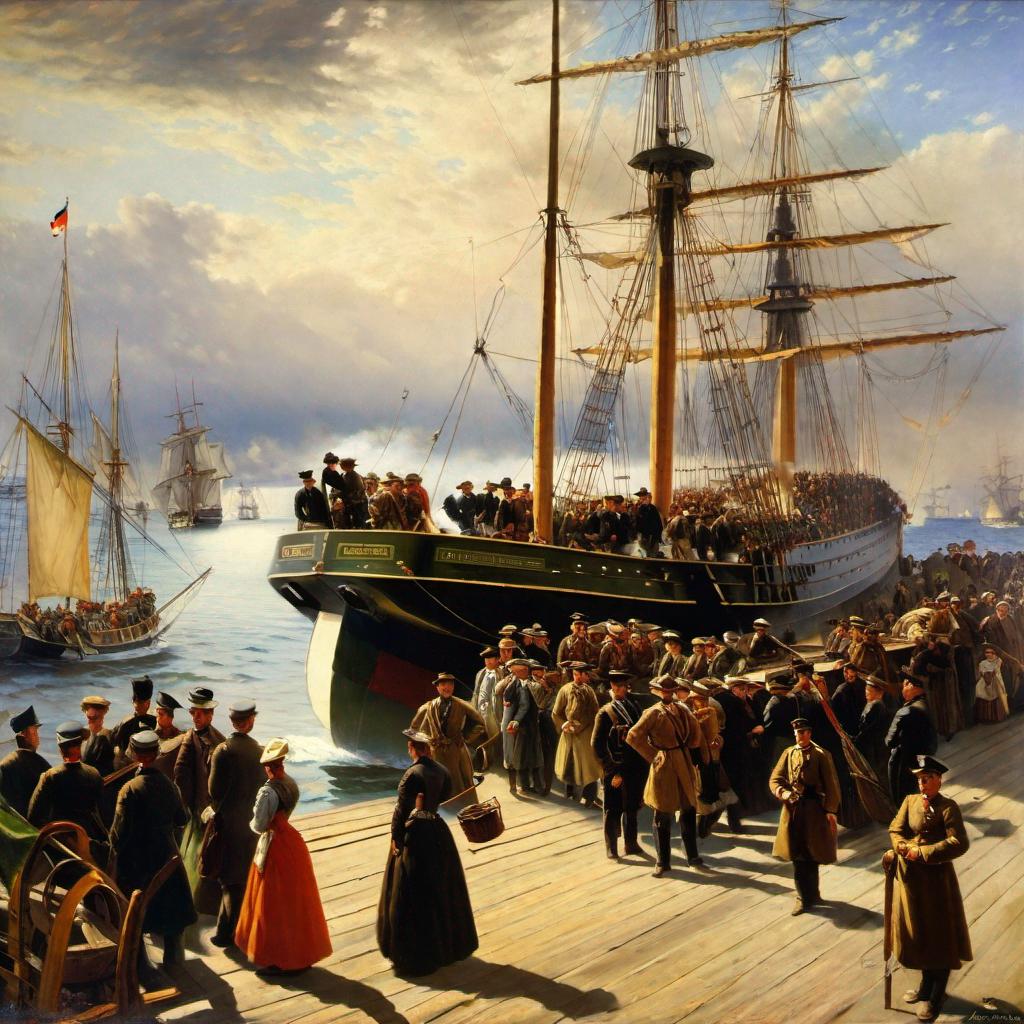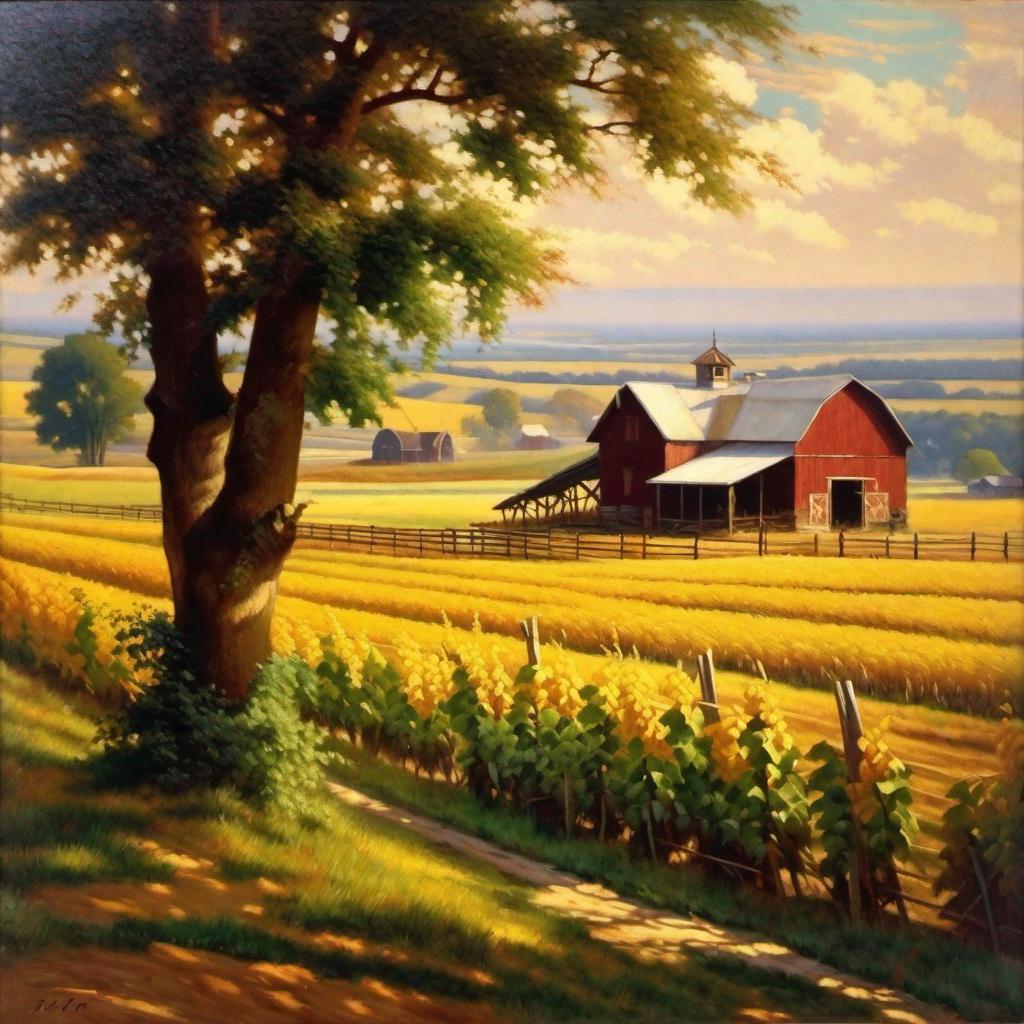Pursuit of Promise: Volga German Migration to the Americas (1850-1900)
Between 1850 and 1900, a new chapter began in the saga of the Volga Germans. Having originally migrated from Germany and settled in Russia's Volga region in the 18th century under Catherine the Great's invitation, many began a second migration, this time to the Americas. This movement marked a significant turning point in their history, but what drove this second exodus?
Economic pressures in the Volga region, combined with Russia's changing policies, played a crucial role. As Russia began its journey towards modernization, the privileges once granted to the Volga Germans, including exemption from military service and freedom to maintain their language and culture, began to erode. The enforcement of military conscription and rigorous attempts to Russify ethnic minorities made the Volga Germans uneasy about their future in Russia. Many felt that the contract they had with the Russian government was being unilaterally altered.

Parallel to this, tales of prosperity from across the Atlantic were hard to ignore. Stories of vast tracts of arable land in the Americas, especially in the United States and Argentina, reached the Volga German settlements. The promise of religious freedom, economic opportunity, and the chance to preserve their unique cultural identity in these new lands became increasingly alluring.
The migration wave was further fueled by agents and representatives of American railroad companies who visited the Volga regions, distributing pamphlets and giving speeches about the opportunities that awaited in the New World. These agents painted a rosy picture of the Americas, emphasizing the benefits and opportunities available.
In the United States, the vast majority settled in the Great Plains region, especially in states like Kansas, Nebraska, and the Dakotas. They were attracted by the U.S. government's Homestead Act, which provided settlers with up to 160 acres of land practically for free, requiring only that they cultivate it. Their knowledge in dryland farming, honed in the Russian steppes, became invaluable in these areas, transforming the once barren land into thriving agricultural hubs.

Meanwhile, Argentina, a nation keen on increasing its population and agricultural prowess, also beckoned. The provinces of Entre Ríos and Buenos Aires became particularly attractive due to the Argentine government's enticing offers. Not only did they offer land, but also financial incentives and logistical support to make the transition smoother.
Wherever they went, the Volga Germans established tight-knit community structures, reflecting their collective ethos. They founded schools, churches, and community centers, ensuring that their traditions and values would be passed on to the next generations. From their distinctive folk music and dance to their culinary delights, like sauerkraut and sausage, they enriched the cultural milieu of their new homes.
However, this migration was not without challenges. Adapting to new environments meant learning new languages, understanding unfamiliar local policies, and sometimes facing skepticism or even hostility from neighboring communities. Initial years often comprised of hardships, with struggles against diseases, unpredictable weather, and economic uncertainties.
Yet, through perseverance and a strong sense of community, the Volga Germans carved out a niche for themselves in their new homes. Over time, they contributed significantly to the agricultural prosperity of these regions, playing a pivotal role in shaping the agrarian economies of their adopted lands.
Today, their descendants, proud of their dual heritage, continue to celebrate their unique lineage. Annual festivals, museums, and cultural events ensure that the legacy of the Volga Germans lives on, spanning continents and centuries. From the banks of the Volga River to the vast expanses of the Americas, their journey stands as a testament to the indomitable human spirit and the timeless quest for prosperity and a place to call home.